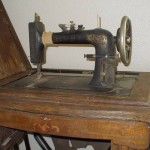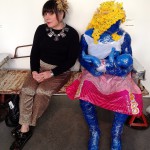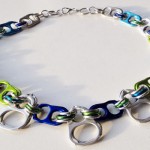Make/Do at Washington State History Museum
Second-hand Sid and Ruby Re-Usable drove up to Tacoma last month for the opening of the Washington State History Museum’s exhibit Make/Do: A History of Creative Reuse. Some of our favorite Washington State artists who work with recycled materials have … Continue reading →











